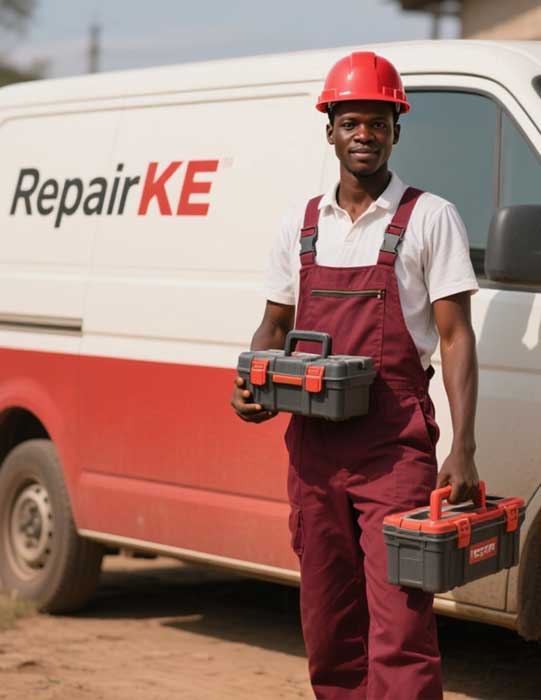
Common Microwave Faults and Their Solutions
Microwaves are indispensable kitchen appliances, simplifying meal preparation and reheating tasks. However, like any electronic device, they can develop faults that disrupt functionality catalyzes the need for repair or replacement. This article explores the most common microwave faults, their potential causes, and practical solutions to restore optimal performance. By understanding these issues, users can troubleshoot effectively or decide when professional intervention is necessary.
"Regular maintenance, such as cleaning the interior and checking the door seal, can prevent many common microwave issues." – Appliance Repair Technician
Common Microwave Faults and Solutions
Below is a detailed examination of frequent microwave problems, their likely causes, and recommended solutions. These insights aim to empower users to address minor issues or identify when to seek expert assistance.
Microwave Not Heating
Description: The microwave runs but does not heat food, rendering it ineffective for cooking or reheating.
Causes: This fault often stems from a faulty magnetron (the component generating microwaves), a burned-out high-voltage diode, or a malfunctioning capacitor.
Solutions:
- Check the magnetron: Testing and replacing a magnetron requires technical expertise due to high-voltage components. Contact a certified technician for diagnosis and repair.
- Inspect the diode and capacitor: A professional can test these components with a multimeter and replace them if defective.
- Verify power settings: Ensure the microwave is not set to a low-power or defrost mode, which may mimic a heating failure.
Estimated Repair Cost: $50–$150, depending on the part and labor.
Turntable Not Rotating
Description: The turntable fails to rotate, leading to uneven heating of food.
Causes: A malfunctioning turntable motor, a broken drive coupler, or debris obstructing the turntable track may be responsible.
Solutions:
- Clean the turntable track: Remove food splatter or debris from the track and ensure the turntable is properly seated.
- Inspect the drive coupler: If worn or broken, replace the plastic coupler, which is inexpensive and accessible.
- Test the motor: Use a multimeter to check the motor’s continuity. If faulty, replace it with a compatible part.
Estimated Repair Cost: $20–$60 for parts and labor.
Microwave Not Turning On
Description: The microwave shows no signs of power, with a dark display and no response to inputs.
Causes: A blown fuse, a tripped circuit breaker, a faulty door switch, or a damaged power cord could cause this issue.
Solutions:
- Check the power source: Ensure the outlet is functional by plugging in another device. Reset the circuit breaker if necessary.
- Replace the fuse: Locate the internal fuse (consult the manual) and replace it with one of the same rating if blown.
- Inspect door switches: Faulty switches may prevent the microwave from starting. A technician can test and replace them.
Estimated Repair Cost: $30–$100, depending on the component.
Sparks or Arcing Inside the Microwave
Description: Visible sparks or arcing occur inside the microwave during operation, posing a safety hazard.
Causes: This is often due to damaged waveguide cover, exposed metal (e.g., foil), or a compromised interior coating.
Solutions:
- Remove metal objects: Ensure no foil or metallic utensils are inside the microwave.
- Replace the waveguide cover: If the cover is burned or damaged, replace it with a manufacturer-approved part.
- Repair interior damage: Apply microwave-safe paint to chipped areas or consult a professional for severe damage.
Estimated Repair Cost: $20–$80 for parts and repairs.
Buttons or Display Malfunctioning
Description: The control panel or display is unresponsive, partially functional, or shows error codes.
Causes: A faulty control board, worn-out membrane keypad, or software glitches may be the culprits.
Solutions:
- Reset the microwave: Unplug the appliance for 10 minutes to reset the system.
- Clean the keypad: Remove dirt or grease from the control panel, which may interfere with button functionality.
- Replace the control board or keypad: If the issue persists, a technician can diagnose and replace the defective component.
Estimated Repair Cost: $50–$200, depending on the part.
"Avoid using a microwave with visible sparks or a damaged door seal, as it can pose safety risks and lead to further damage." – Kitchen Safety Expert
When to Seek Professional Help
While some microwave faults, such as cleaning the turntable or resetting the appliance, are manageable for users, others involve high-voltage components or complex diagnostics. Attempting repairs without proper knowledge can be dangerous and may void warranties. For issues involving the magnetron, capacitor, or control board, contact a certified technician to ensure safe and effective repairs. Additionally, if the microwave is under warranty, consult the manufacturer before attempting any fixes.
"If a microwave is over 10 years old and requires major repairs, replacing it with an energy-efficient model may be more cost-effective." – Consumer Electronics Advisor
Preventive Maintenance Tips
To minimize microwave faults, adopt these maintenance practices:
- Clean regularly: Wipe the interior after each use to prevent grease buildup.
- Use microwave-safe containers: Avoid metal or non-microwave-safe plastics.
- Inspect the door seal: Ensure it is intact to prevent leaks and ensure safety.
- Avoid overloading circuits: Plug the microwave into a dedicated outlet to prevent power issues.
By addressing common microwave faults promptly and maintaining the appliance, users can extend its lifespan and enjoy reliable performance. For complex issues, professional repair services offer a safe and efficient solution, ensuring the microwave remains a valuable kitchen asset.




